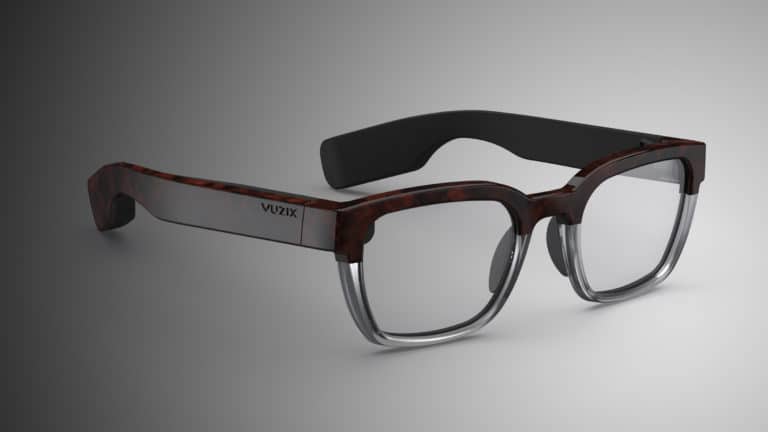
As we enter a new year, it’s time for our annual ritual of synthesizing the lessons from the past twelve months and formulating the outlook for the next twelve. This has been an action-packed year for AR & VR as the world slowly emerges from the grips of a pandemic.
Moreover, 2021 was marked by the emergence of metaverse mania. Though it has legitimate principles and promise, the term has been ambiguated through overuse. It’s also been overhyped in terms of the timing of its arrival. A fully-actualized metaverse is decades away.
Beyond the metaverse, AR and VR continue to be defined by steady progress in several areas. We’re talking mobile AR engagement & monetization; AR marketing and commerce; continued R&D in AR glasses; enterprise adoption; and the gradual march of consumer VR.
So where is spatial computing now, and where is it headed? What’s the trajectory of each of the above subsegments? This was the topic of the latest ARtillery report, Spatial Computing: 2021 Lessons; 2022 Outlook. It looks back and looks forward, including concrete predictions.
Lite Touch
After unpacking our prediction about 2022 Quest 2 sales last week, we switch gears this week to drill down on a separate prediction: the fate of AR glasses. Specifically, we could begin to see a common design standard emerge for consumer AR glasses: “Lite AR.”
What is that exactly? It involves AR that doesn’t have the rich UX and graphical intensity of a Magic Leap One or Microsoft Hololens 2, but instead prioritizes style and wearability. The thought is that this is the first step to appeal to and acclimate consumers to faceworn tech.
Backing up, smart glasses have a design tradeoff between wearability (e.g., Ray-Ban Stories) and graphical UX (e.g., Magic Leap One). You can’t get both in the same device today. So there are tough decisions and tradeoffs that must be made for any smart glasses.
When making that decision, consumer-geared smart glasses will increasingly opt for wearability. They can then gain graphical richness over time, as opposed to the inverse approach: starting with graphically-intensive and bulky hardware that slims down over time.
Though the UX can be underwhelming – more akin to a heads-up notification experience – style and wearability are critical attributes for consumers. So the name of the game will be working with those UX limitations to create something that’s worthwhile, if graphically underwhelming.
The ability to do this may come down to a key factor: integration. If smart glasses can have elegant integration with other products — e.g. social alerts from Facebook — it could position line-of-sight notifications as a meaningful value-add, compared to looking down at a phone.
Experientially Meaningful
When it comes to integration, there’s one company that has a potentially-greater advantage: Apple. Its multi-device ecosystem approach and full-stack make it easier to achieve the above “elegant integrations.” We’re talking synergies with your Watch, Airpods, and iPhone.
In other words, Apple isn’t always the most computing-intensive play, but it creates the most elegant overall user experience. With smart glasses, this could translate to use cases that are experientially meaningful, if optically underpowered. This could be the name of the game.
Furthermore, Apple has a fiduciary drive to aim for massive markets. In that sense, smart sunglasses or corrective eyewear compete in much larger markets – around $200 billion globally – than HoloLens-style AR hardware that’s still in the low single-digit $billions.
But at the same time, the lite AR, HUD-like approach has its drawbacks, as noted. Will it be underwhelming? Will it cause the mainstream consumer tech world to back away from AR, as it did when the sector’s circa-2017 hype cycle produced underwhelming results?
That’s where Apple will have to work its magic and set the “lite AR” standard. It could announce something in 2022, but it will take a few years for sales to ramp up (like Apple Watch). Aggregate AR glasses sales beyond Apple will reach 850 million in 2022, mostly in the enterprise.
We’ll pause there and circle back in a future installment to drill down on another 2022 prediction…
Header image credit: Vuzix

